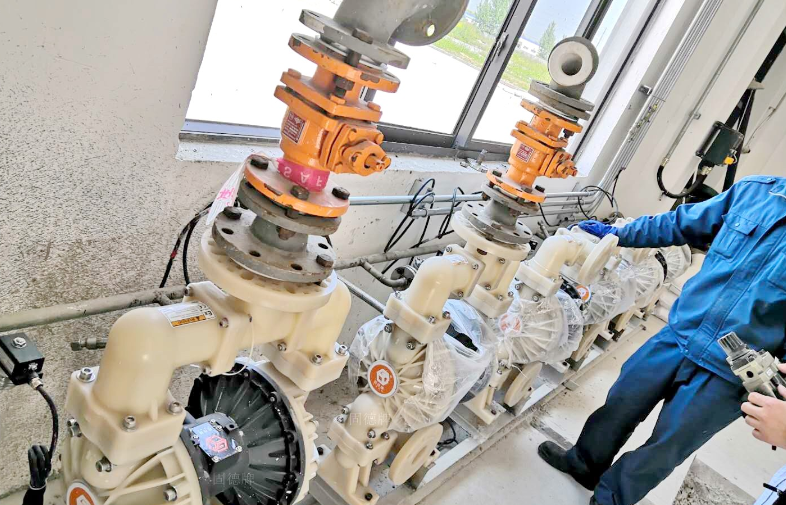Maintaining an industrial diaphragm pump is crucial for ensuring smooth operations and prolonging the lifespan of this essential equipment, widely used in industries for its reliability and efficiency in handling various chemicals and fluids.
Regular Inspection and Monitoring
The first step in maintaining your pump effectively is through regular inspections. This involves routine checks of key components like the diaphragm, valves, and seals. Look for signs of wear and tear, and assess any potential damage that might impede the pump’s functionality or lead to leaks.
Cleaning and Flushing
Keeping your diaphragm pump clean is not only essential for maintaining hygiene, especially in processes involving sensitive materials but also for ensuring optimal performance. Flushing the pump system regularly helps eliminate any residual particles that could interfere with its operation. Depending on the type of fluids handled, cleaning protocols will differ, so it’s important to follow manufacturer-specific guidelines.
Replacement of Consumable Parts
Certain parts of the diaphragm pump are considered consumable due to their regular wear during operation. It’s important to schedule regular replacements of these parts, such as the diaphragms, gaskets, and valves. Using high-quality replacements as specified by the manufacturer not only ensures compatibility but also enhances performance and reliability.
Lubrication
While industrial diaphragm pumps are known for their ability to handle tough conditions, certain components, like the ball bearings and motor, may require regular lubrication. Ensure that you use the appropriate type and grade of lubrication as recommended. This can significantly reduce friction and wear, thereby enhancing the operational life of your pump.
Alignment and Calibration
Ensure that all components are properly aligned and the pump is correctly calibrated for the pressure and volume required by your processes. Misalignment can lead to inefficient operation and increased wear on the diaphragm and other components. Regular calibration, on the other hand, ensures that the pump operates within its optimal range, maintaining efficiency and reducing energy consumption.
Integrating With Other Industrial Systems
For businesses that also utilize industrial grease pumps, integrating the maintenance schedules of both systems can streamline operations and ensure consistency in performance and reliability. Cross-checking systems periodically ensures that all industrial pumps in your facility are maintained to the same standards, optimizing overall plant efficiency.
Conclusion
Proper maintenance of your industrial diaphragm pump is essential for ensuring it operates at peak efficiency, minimizes downtime, and extends its service life. By following these fundamental steps—regular inspections, thorough cleaning, timely replacement of parts, appropriate lubrication, and correct alignment and calibration—you can uphold the operational integrity and efficiency of your pump, thereby sustaining your industrial processes effectively.

